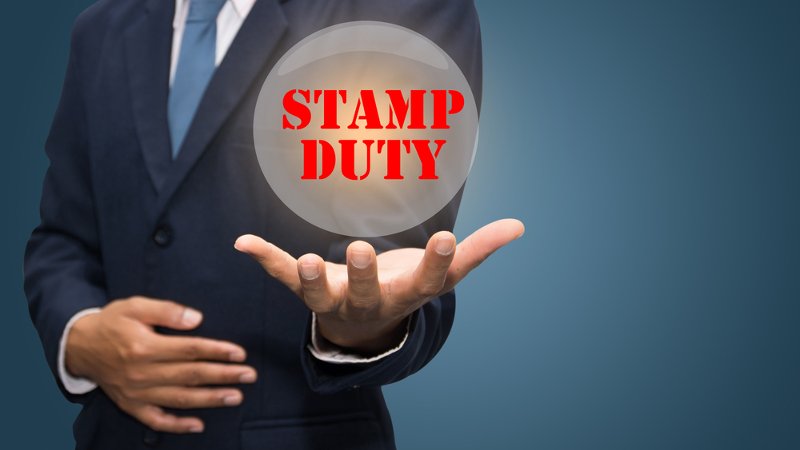London is paying at least four times more stamp duty than the rest of the country at £27,232, an analysis by London Central Portfolio found.

Buyers in London are paying at least four times more stamp duty than the rest of the country at £27,232, an analysis by London Central Portfolio found.
Basic rate stamp duty paid by buyers in England and Wales, however, stands at £7,161 on average.
The most expensive 10% of properties contributed around 60% of all stamp duty receipt with greater London being the biggest contributor to stamp duty at about 39%.
Naomi Heaton, chief executive of London Central Portfolio, said: “Despite the continued rumble around whether the richest are paying their ‘fair share’, it is clear that they are the main contributor to stamp duty revenue.
“LCP’s findings indicate that the majority of the Exchequer's £9.5bn tax take is being generated by the 10% most expensive sales and that buyers in London are paying 4 times more Stamp Duty than the national average.
“The government also needs to be careful with any further policies targeting landlords. Contributing a huge amount towards the Exchequer’s tax take, landlords have been under increased public and government pressure over the last five years.”
The Royal Borough of Kensington and Chelsea and the City of Westminster contributed in excess of £0.6bn.
The most expensive sale alone, at £90m for a leasehold flat in Knightsbridge Apartments, generated over £10m for the Exchequer.
As a whole, residential stamp duty receipts increased 1.3bn in 2017 compared with 2016, reaching a record £9.5bn.
However, this was largely a result of the new 3% additional rate stamp duty on buy-to-let property and second homes.
This tax alone generated one fifth of all receipts and excluding it, the stamp duty take falls back to 2014 levels at around £7.5bn. Overall, 43% of the tax take, at £4.1bn, was generated by buy-to-let investors and second home buyers.
Heaton added: “New lettings listings are now down 5% to February, according to a recent Knight Frank report.
"Reliance on the stamp duty take from second properties, which pay an additional rate of 3%, to prop up the market is therefore a dangerous gamble. Representing almost half of all tax take, any new deterrent could start eating away at the public purse”.
“Unless the government can start to stimulate property transactions again, which according to Land Registry have fallen 29% in England and Wales over the last decade, the outlook for future Stamp Duty revenues looks fairly grim.”



